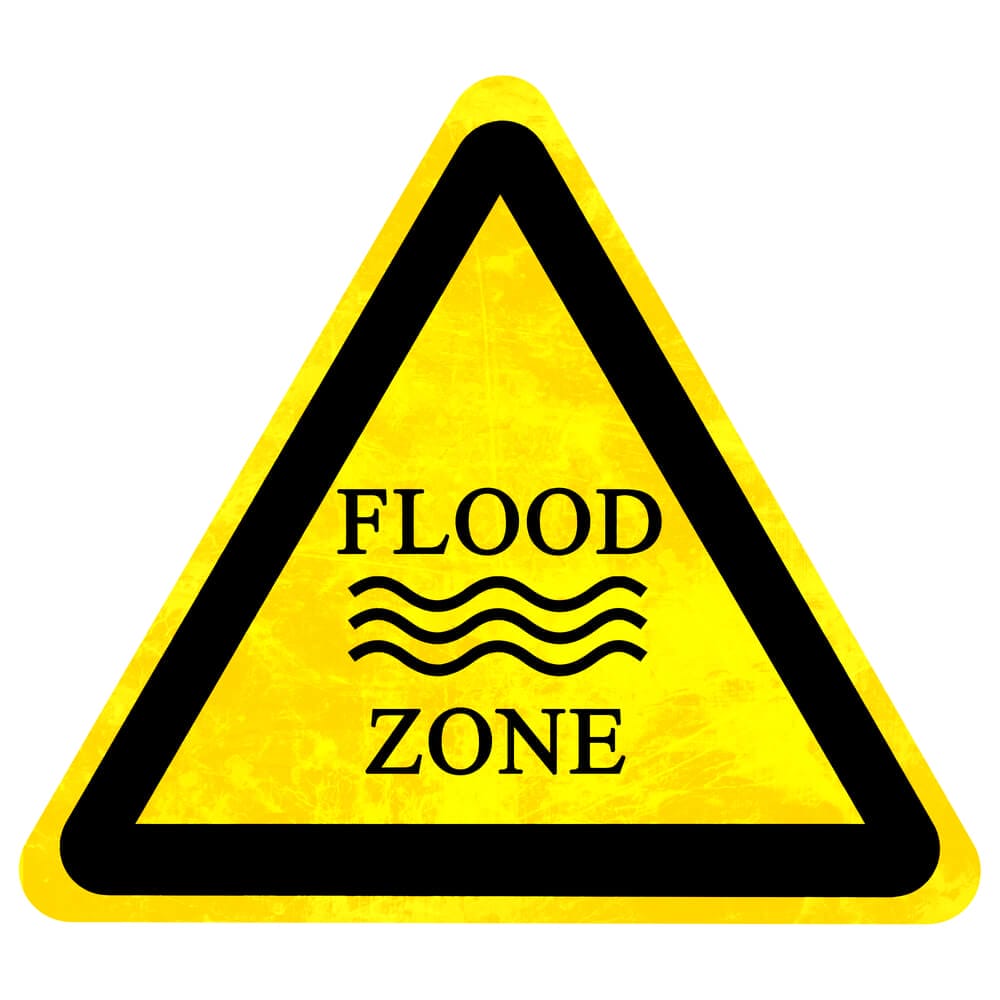Mortgage lenders certainly perform their own fair share of due diligence once accepting a loan application to either purchase a home or refinance an existing mortgage. The lender documents the borrowers as well as the property and for those who have gone through the approval process they remember there were indeed various reports, documents and disclosures required as the loan moved closer to final approval.
With this in mind it’s important here to note there really are two approvals with a loan application not just one. The borrower is approved based upon income and employment, cash to close and acceptable credit. The subject property is also approved separately with an entirely different underwrite. The lender orders a property appraisal to make sure the home is similar to other homes in the area and the sales price or market value of the home is supported by recent sales of these similar homes in the neighborhood. If the value can’t be supported or the property is in poor condition regardless of the creditworthiness of the borrower the loan application won’t make it through.
One check that lenders do perform that borrowers may not be all that familiar with is obtaining a Flood Certificate. What’s a flood certificate? Upon the sale of a home and a pending loan application the lender requests a flood certificate. This information is stored at the Federal Emergency Management Agency, or FEMA which updates flood information every 10 years. When requesting this information there is a form that literally asks the question, “Is the property located within a flood zone?” Most properties are not, yet there are times when a property is located in a flood zone. According to FEMA, there are more than 20,000 communities that are listed as being located within a flood zone.

The Flood Elevation Certificate
An elevation certificate, or EC, is a document that shows where the physical structure is located in relation to an identified flood zone. If there is no flood zone indicated there will be no need for the EC. The EC must show the structure is located at least three feet above the flood plain. If it is not, then a flood insurance policy will be required before a lender can place a loan on the property.
A property can however be located in a flood zone but if the flood zone only partially crosses the lot upon which the structure sits food insurance may not be necessary. Exactly where the flood plain crosses the lot is determined by a survey by a licensed surveyor. If the physical structure of the home is outside the flood plain and only part of the lot is then flood insurance may not be required.
Located in a Flood Zone
If the home, even a small corner of the house, is shown to be located in a flood zone then flood insurance will be required. It’s important to understand that flood insurance is an additional policy and not part of a standard hazard policy which protects against wind, hail and fire and other natural hazards. Flood insurance does not cover a broken water pipe inside the home, either, only natural external flooding. If an existing home is in a flood zone the seller as well as the agent will disclose whether or not the property is located within a flood zone.
Flood insurance can get expensive depending upon the type of property and the expanse of the flood zone. It’s not uncommon for sellers who are aware of a flood zone to offer an amount for the first year’s flood premium or otherwise adjust the price of the home. Just as knowing how much your hazard insurance premium will be each year so too will you need to know how much flood insurance will cost.

Flood insurance premiums are based upon a Flood Insurance Rate Map, or FIRM. This is a physical map prepared by the National Flood Insurance Program, or NFIP, which will show the area’s based flood elevation and the existence of any flood plains. It’s also possible that a property can be identified as being located in a flood plain when there is no physical evidence of any water source. Many think that areas where flooding is a danger are along a river, creek bed or lake. However that’s not the instance in all cases as heavy rains and the local topography can create flash floods affecting property.
If the property you’re considering is listed in a flood zone that doesn’t mean you should walk from the deal. Take a close look at the elevation certificate and speak with your mortgage lender about your next steps, the type of flood policy that will be required and then get quotes from flood insurance companies. Most every hazard insurance company can also offer a flood policy. Certainly take the existence of a flood plain seriously but don’t discard the notion altogether. If the home is a good deal and you want to move forward, just purchase a flood policy and you’ll be covered. You’ll likely never need it but if you ever do you’ll be glad it’s there. And so will your mortgage company.


